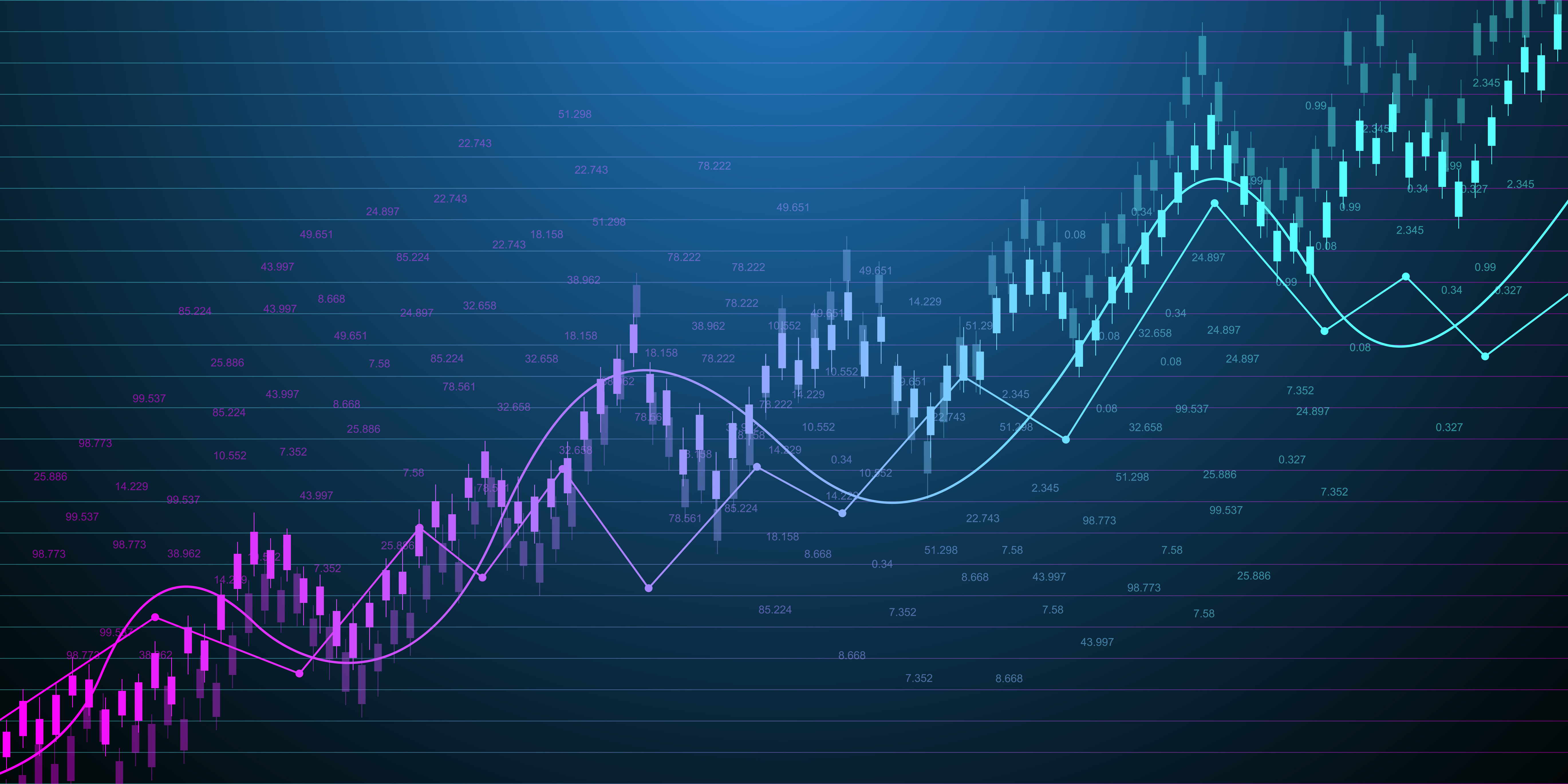Fourth Quarter 2023 Market Recap: Soft Landing Triggers Stock Rally

Once again, we witnessed a rapid and significant change in the consensus economic outlook which led to a big increase in stock prices. Last quarter we mentioned the consumer might rein in spending in response to higher interest rates, and stock prices would respond positively. We got slower spending along with good inflation news, and interest rates dropped, and stocks celebrated with 12% rise since late October. All this happened without official action on interest rates, which shows how fast the markets respond to changing economic conditions.
Just three months ago, investors were quite gloomy, which is the opposite of the current mood. Just as the third quarter gloom didn’t last, we wouldn’t want to extrapolate the current optimism too long into the future. We still have concerns about our country’s fiscal mess, as it was believed to be one of the causes of our inflation problem. The huge deficits mean the Treasury Department must sell literally trillions of dollars in new bonds to finance this deficit. Will this endless supply of new bonds affect an investor’s desire to buy bonds at lower interest rates? Also, the world has too many military conflicts to throw caution to the wind.
To recap, stocks rose 12% in the fourth quarter and over 26% for the year. Bonds rallied with the ten-year Treasury yield dropping to 3.87% which brought mortgage rates down to 6.7% from 8.0% a few months ago. Over history before the 2008 crisis, the ten-year treasury would yield about 2% higher than the inflation rate to provide a real return to the investor. The last 15 years were the outlier with no spread between inflation and yields. Assuming the historical spread of 2% returns, then the current ten-year yields at 3.87% are already priced as if the Fed has reached its 2% inflation goal.
The mega-cap technology stocks, fueled by demand for artificial intelligence, continued to lead the stock market in the fourth quarter. The beleaguered banking sector has recovered as the lower rates solve lots of the bank’s problems. Energy stocks have been the weakest sector as a warmer December and ample supplies have brought prices down. Consumer expenditures and income are still growing, so we expect economic growth will continue in 2024. The lower mortgage rates have already begun to boost housing activity. The consumer was more resilient than anyone expected in 2023, and we doubt we’ll have recession, although slower growth is a possibility.
